In the late 1920s, fashion saw a fascinating evolution that reflected cultural shifts. Women embraced relaxed silhouettes, moving away from flapper styles toward longer skirts and boyish shapes. The iconic bob hairstyle symbolized independence, often paired with cloche hats for a chic look. Men's fashion transformed too, with looser suits and the trendy Ivy League style. Bold patterns emerged under the influence of the Harlem Renaissance, while the Art Deco movement introduced luxurious materials. This era laid the groundwork for modern styles, emphasizing comfort and creativity. There's much more to explore about these trends and their impact on today's fashion!
Evolution of Women's Fashion
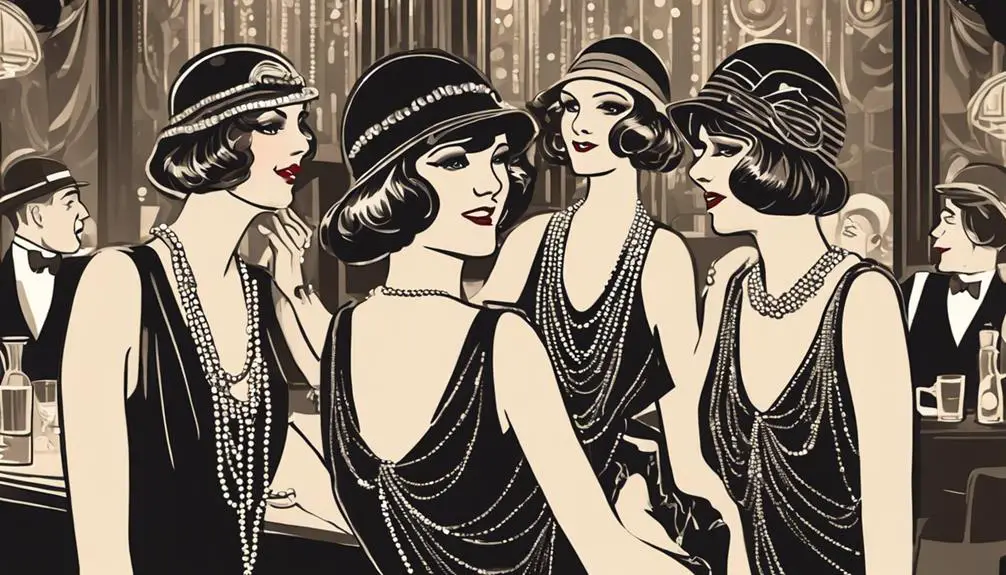
As women's fashion evolved in the late 1920s, it embraced more relaxed silhouettes that marked a significant departure from the earlier flapper styles. You'd notice that evening wear now featured longer skirts and higher waistlines, moving away from the knee-length looks that dominated the early decade.
The tubular la garçonne look emerged, highlighting boyish shapes with dropped waistlines that paired beautifully with bobbed hair, giving women a chic and modern appearance.
Iconic designer Coco Chanel played an essential role in this transformation, using innovative cutting techniques and economical fabrics that made high fashion more accessible to everyday women. Her influence encouraged you to explore bolder styles, making it easier to express your individuality.
Accessories like cloche hats became essential, evolving to complement shorter hairstyles while adding a touch of elegance.
The sporting look gained popularity as well, reflecting a cultural shift towards an active lifestyle. You'd find women confidently wearing sleeveless tennis dresses and more casual attire, embracing comfort without sacrificing style.
These changes not only highlighted women's growing freedom in clothing choices but also represented a wider acceptance of physical activity in daily life. As you immerse yourself in the late 1920s fashion trends, you can appreciate how these styles worked together to redefine femininity, creating a fresh, liberated spirit that continues to inspire fashion today.
Popular Hairstyles of the Era
Hairstyles in the late 1920s defined a bold new era for women, with the bob taking center stage. This iconic hairstyle, characterized by its short length and often styled with curls or waves, marked a departure from traditional feminine aesthetics. Women were ready to embrace change, and the bob symbolized that shift. Influential figures like Louise Brooks and Josephine Baker helped popularize the bob, making it a representation of modernity and emancipation during the Roaring Twenties.
By 1926, Vogue had recognized the bob as a dominant hairstyle in fashionable circles, which solidified its status as a cultural phenomenon. The bob wasn't just a single look; variations like the shingle and Eton crop emerged, showcasing the hairstyle's versatility and appeal across different social backgrounds. Women of all walks of life could adopt this chic hairstyle, making it a staple of women's fashion.
Adding to the allure of the bob was the cloche hat, which fit snugly over the head. This accessory became a popular choice during the era, perfectly complementing the sleek, boyish silhouettes that defined late 1920s fashion.
The combination of a bob hairstyle with a cloche hat created a striking image, one that spoke to the independence and confidence of women at the time. So, whether you're channeling Louise Brooks or Josephine Baker, embracing the hairstyles of the late 1920s is a way to connect with a transformative period in history.
Men's Fashion Changes
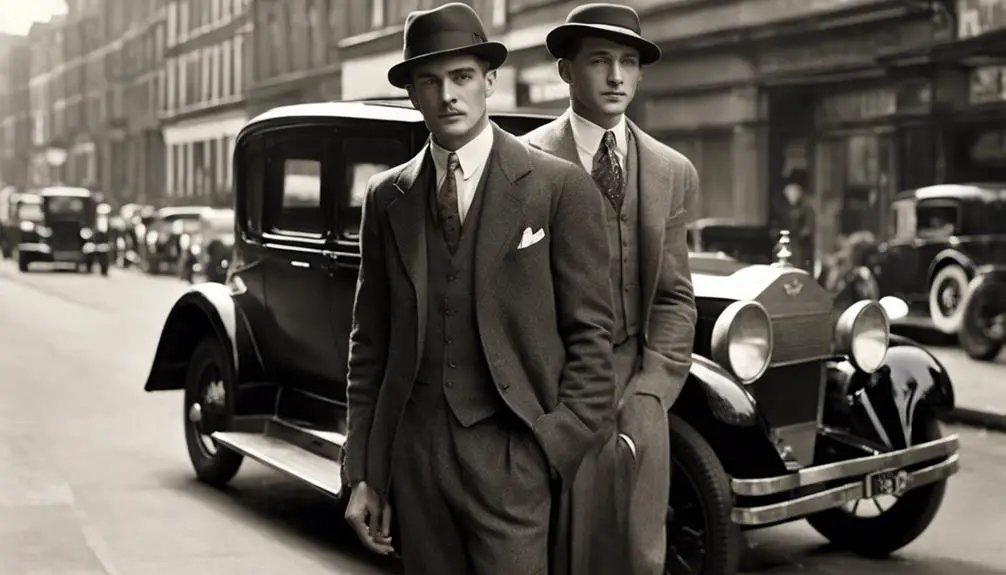
The late 1920s ushered in an invigorating transformation in men's fashion, moving away from the rigid structures of traditional three-piece suits. You'll notice a shift toward looser styles that emphasize comfort and individuality. Single-breasted jackets became the go-to choice, offering a lighter, more relaxed fit compared to their predecessors.
One of the standout trends was the Ivy League look, characterized by tailored blazers paired with khaki or gray trousers. This ensemble reflected a casual aesthetic, perfect for college campuses and social gatherings.
On the bolder side of fashion, Zoot suits emerged, flaunting high-waisted, wide-legged trousers and long jackets adorned with flashy patterns. These suits symbolized youth culture and a spirit of rebellion.
As men began to express their personalities through clothing, mismatched vests gained popularity. This trend allowed for creative freedom, as color coordination took a backseat. You could mix and match, creating unique looks that stood out in any crowd.
Accessories also played an essential role in crafting a well-dressed ensemble. Items like bow ties, colorful neckties, and hats such as fedoras and newsboy caps completed the stylish, relaxed vibe of the era.
Cultural Influences on Style
Influenced by a rich tapestry of cultural movements, late 1920s fashion emerged as a vibrant reflection of the era's social changes. The Harlem Renaissance played a significant role in shaping styles, as jazz music and lively dances like the Charleston inspired bold patterns and colors in clothing.
Flappers wore daring outfits that showcased their newfound freedoms, adopting boyish silhouettes and shorter hemlines that broke away from traditional norms. Their look was completed with daring accessories, signaling a cultural shift that embraced individuality and fun.
Hollywood's rise during this time further popularized glamorous styles. Stars like Clara Bow and Louise Brooks became fashion icons, showcasing trends that captivated audiences both on and off the screen. As films brought these styles to life, everyday people sought to emulate the looks they admired.
The Art Deco movement also left a mark, introducing geometric shapes and luxurious materials into garment designs, which often featured intricate embellishments that caught the eye.
Thanks to advances in mass production, fashion became more accessible to different social classes, allowing a broader audience to experiment with the latest trends. This democratization of style meant that you didn't have to be a movie star to embrace the vibrant culture of the time.
The late 1920s was a period of dynamic change, and fashion was undeniably shaped by the cultural influences of the day, creating a legacy that still resonates in modern style.
Lasting Impact of 1920s Trends
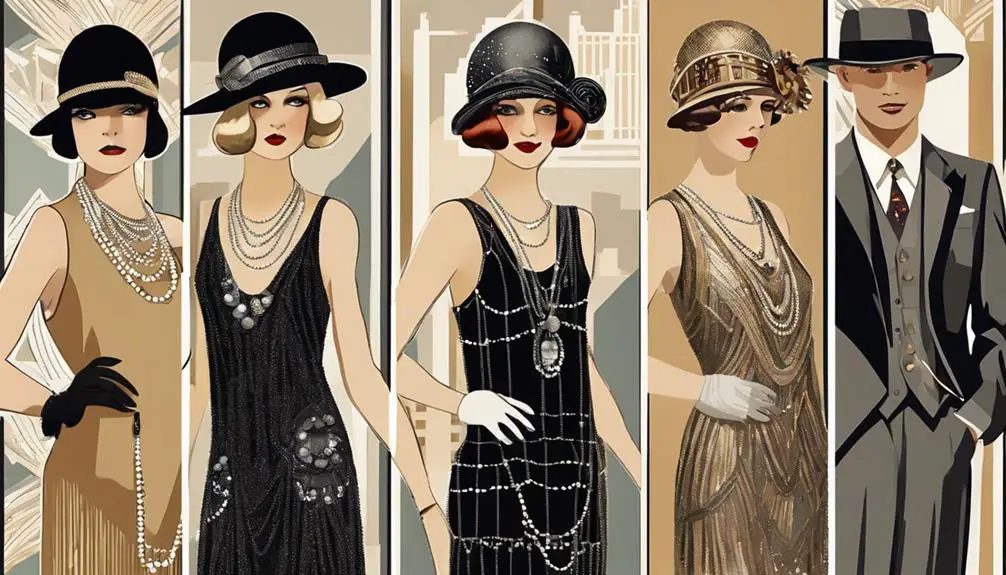
Fashion from the late 1920s left an indelible mark on today's style landscape, shaping how you think about clothing and self-expression. The flapper style, with its shorter skirts and boyish silhouettes, has paved the way for modern women's fashion, emphasizing comfort and freedom of movement. You can see echoes of this era in contemporary clothing choices, where style meets practicality.
Coco Chanel's introduction of the Little Black Dress in 1926 revolutionized how you view black as a versatile color for both day and evening wear. This timeless piece continues to be a staple in your wardrobe, demonstrating its lasting impact. The bob hairstyle, a trend that emerged during this decade, set the stage for various hairstyles that promote a more androgynous aesthetic, which you might notice in today's trends.
Additionally, athletic clothing from the 1920s initiated the casualization of fashion. You probably wear sportswear regularly now, as it has become a significant part of everyday attire for all genders.
The democratization of fashion during this period, made possible by accessible materials and production methods, encourages affordability and inclusivity.
All these elements illustrate how the 1920s not only transformed fashion trends but also redefined how you express your identity through clothing. It's fascinating to see how these historical influences continue to shape your style choices, allowing for a blend of comfort, versatility, and individuality in your everyday life.


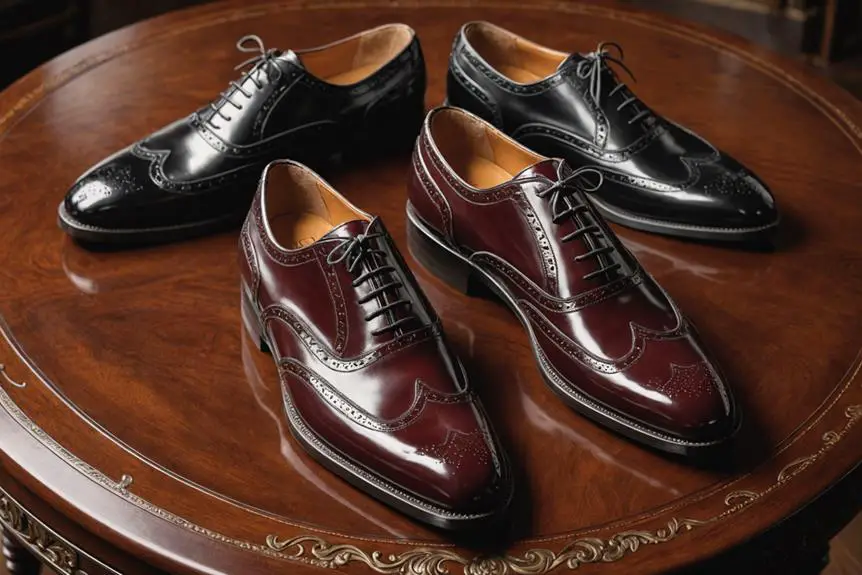
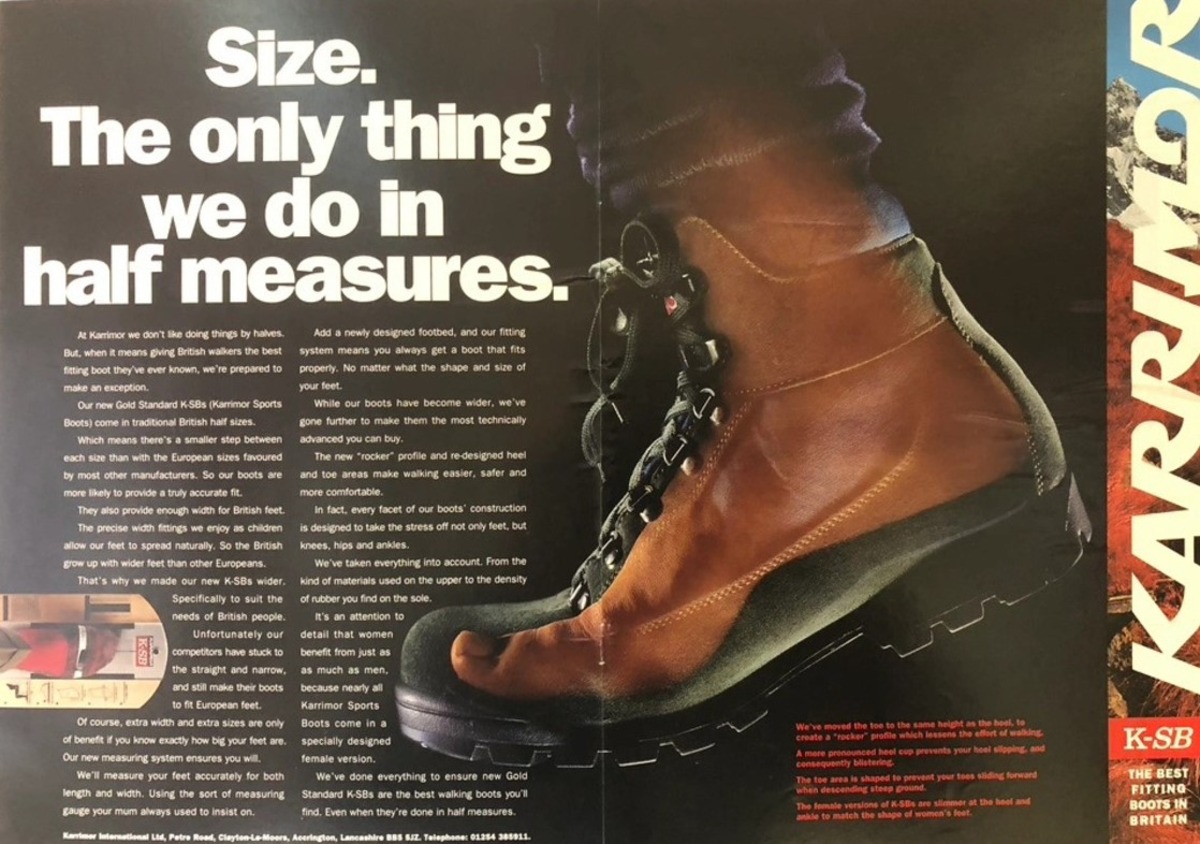
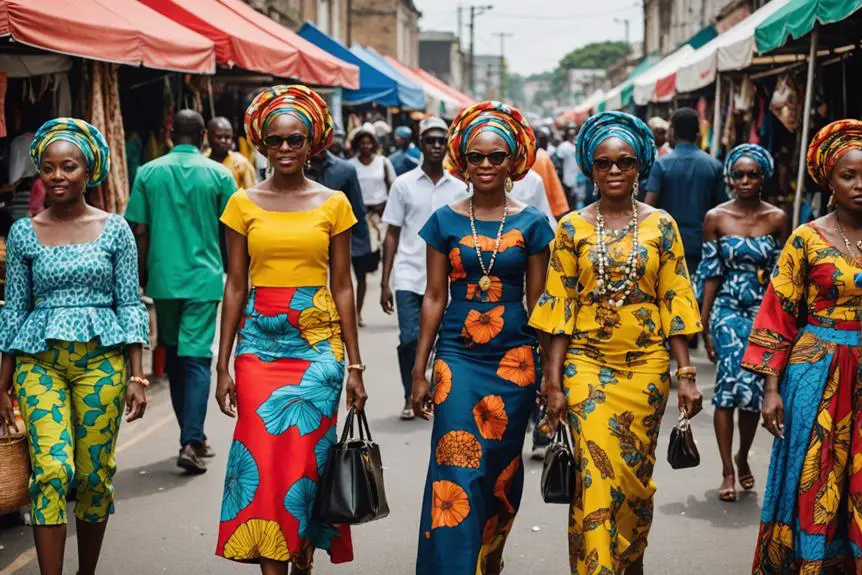
Just wanna remark on few general things, The website style is perfect, the subject material is real superb : D.